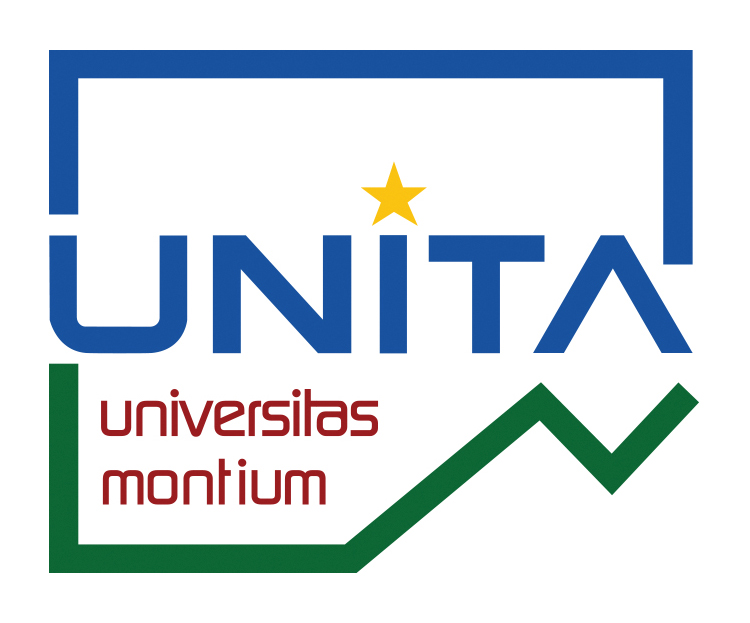Development of aluminum and zirconium based xerogel for defluoridation of drinking water: Study of material properties, solution kinetics and thermodynamics
Résumé
The present investigation reports the preparation and defluoridation efficiency of Al2O3/ZrO2 xerogel. The material was prepared by environment friendly sol-gel technique using respective metal salts as precursors. FTIR spectra indicated presence of bridged structure (Zr – O – Al) in the material and decrease in intensity of hydroxyl group vibration indicates substitution of surface hydroxyl groups by fluoride through formation of metal – fluoride bonding. The XRD of material showed amorphous characteristics of Al2O3/ZrO2. The morphological feature of the material indicate presence of micro-pore in the structure and the total specific surface area (m2 g−1) and average pore radius (nm) were calculated to be 3.68 and 1736.6, respectively. The molecular interaction/bonding between aluminum-zirconium contributed in enhancing the stability of the material, whereas, the kinetics of thermal degradation pattern is heterogeneous in characteristics. Al2O3/ZrO2 shows almost 98% fluoride removal efficiency where the material-anions equilibrium was reached within 20 min time interval. Fluoride adsorption characteristics was found to be pH dependent influenced by pore diffusion, where the presence of multiple active centers, i.e., Al and Zr in Al2O3/ZrO2 favors fluoride sorption in comparison to ZrO2 xerogel. Fluoride adsorption follows a pseudo-second order kinetic as well as intra-particle diffusion model with almost ≥ 0.99 accuracy. The thermodynamics of fluoride adsorption was found to be spontaneous and exothermic in nature. The adsorbent shows good regeneration efficiency up to 5th cycles of continuous operation with very little effect of co-anions that can be helpful for its sustainable commercial applications.

